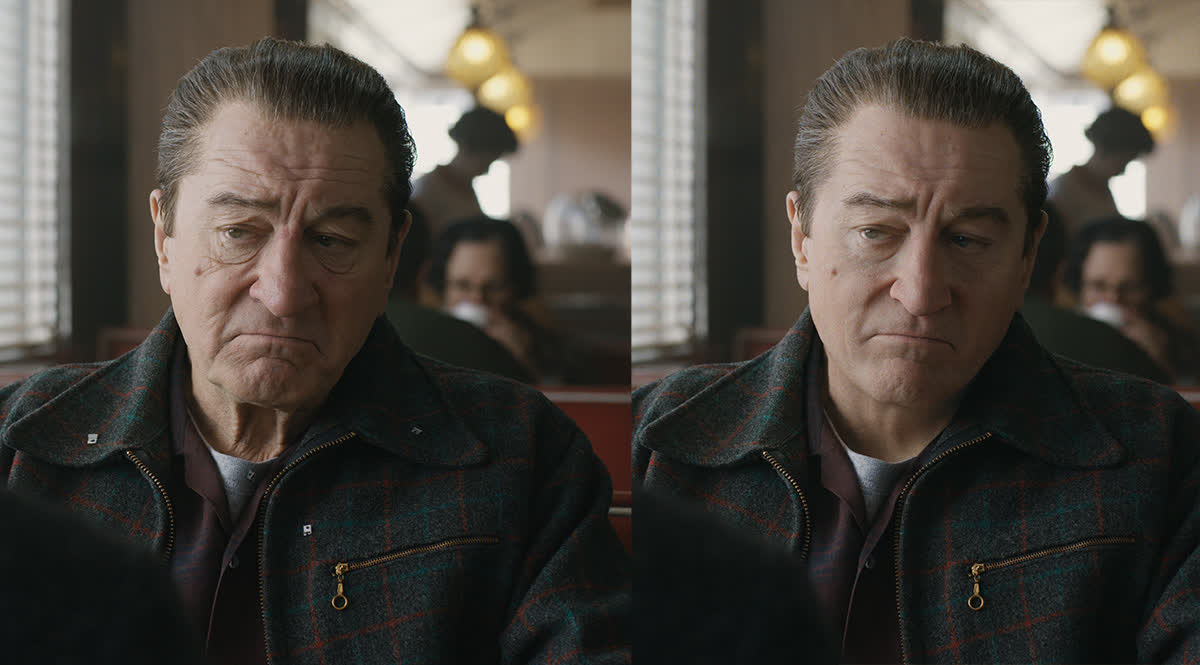Why it matters: One of the most significant changes we are seeing Hollywood is the increased use of de-aging technology. This can make actors look much younger on screen, to the point where they could play characters several decades younger than they are. This shift is changing not only how films are made, but also how actors are cast. Furthermore, it can help create a more believable and compelling story for the audience.
The characters we see on screen usually adhere to the laws of space and time. For example, when a director wants to show a scene from the protagonist's childhood, they will typically cast a child actor who looks similar to the adult version of the character. But what if an adult character needs to appear as they did in their youth? That's where de-aging technology comes into play.
Hollywood A-lister Harrison Ford has undergone a digital makeover for his role in the upcoming film, Indiana Jones and the Dial of Destiny. He is not the only performer to receive a digital makeover with AI's help, though. Here, a film by Robert Zemeckis will feature Tom Hanks, Robin Wright, and other cast members playing younger versions of themselves.
Notably, until a certain point, makeup artists were responsible for all the best actor makeovers. One of the earliest technologies that made it possible to alter an actor's age was cosmetics. Movies were formerly made on grainy film, which helped conceal makeup trickery. The viewer could not discern the subtle details of an actor's face in vintage film movies because the resolution level was lower. But makeup is no longer an option with today's digital and high-resolution filmmaking.
The de-aging of an actor has come a long way since the days of prosthetics and wigs. This was notably seen in Kurt Russell's scene in the second Guardians of the Galaxy film. His rejuvenated appearance was so believable that viewers didn't even realize it was CGI. Other have somewhat failed in their attempt, like Al Pacino and Robert De Niro in Martin Scorsese's The Irishman, where the de-aging ended up being distracting to many in the audience.
When you see de-aged actors in movies, you're usually seeing the result of some intense CGI animation and visual effects. Actors are filmed with tiny markers attached to their faces to create a realistic de-aged look. This allows editors to create a 3D version of the head that is then synchronized with the movements of the actor's head. Finally, "patches" from a cloud of points are added to the skin of the original image to give it a more youthful appearance.
De-ageing has been met with mixed reviews thus far. Some contend that it would be preferable to de-age Harrison Ford than cast a different actor in one of his iconic roles, others believe there is no justification for an individual to be 80 years old and yet appear to be in their 40s.
At present, de-aging technology is still quite expensive. Only big Hollywood studios can afford to use it. A digital head model costs approximately one million dollars, and each frame with its animation can cost anywhere from thirty to a hundred thousand dollars, depending on its complexity.
